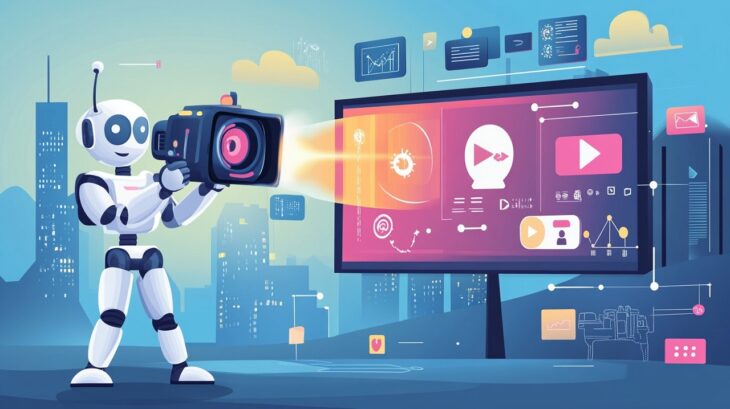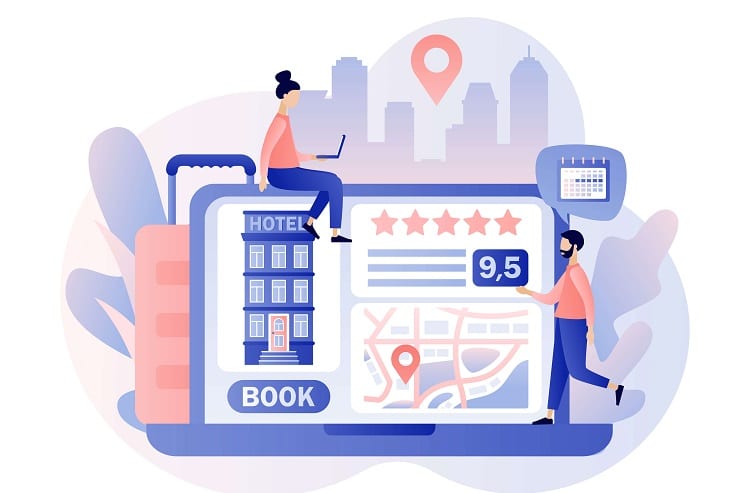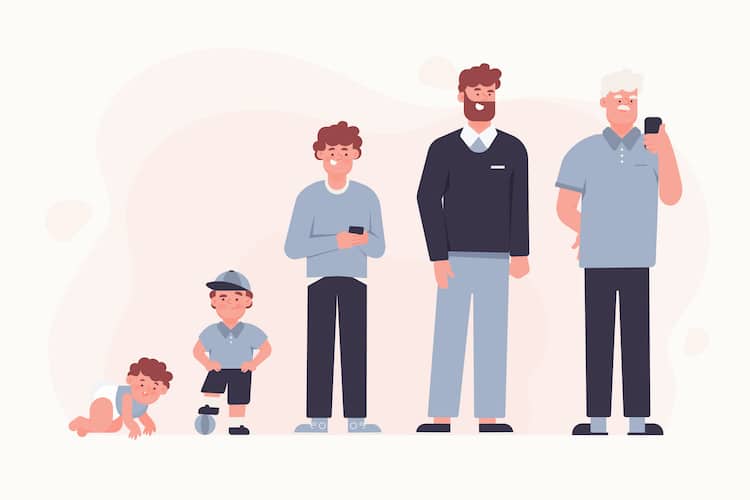AI video content puts brand visibility on a new level. It removes delays, lowers costs, and builds output that actually gets seen. Smart tools now script, edit, and optimize videos faster than full teams ever could.
Brands no longer guess what might work. Artificial intelligence tests, learns, and delivers results based on real-time feedback.
Every platform favors video. Each one ranks content by engagement, timing, and performance. AI handles all of it without missing a beat. It selects formats, adjusts tone, and adapts visuals to match viewer behavior.
Brands that use it properly appear more often, hold attention longer, and grow their audience with less effort.
Strong results depend on method, not luck. AI makes that method repeatable. This article walks through every key step, including real tools, proven outcomes, and examples that show exactly how brands use video to stay visible, relevant, and in control.
Table of Contents
ToggleAutomate Video Creation with AI Tools
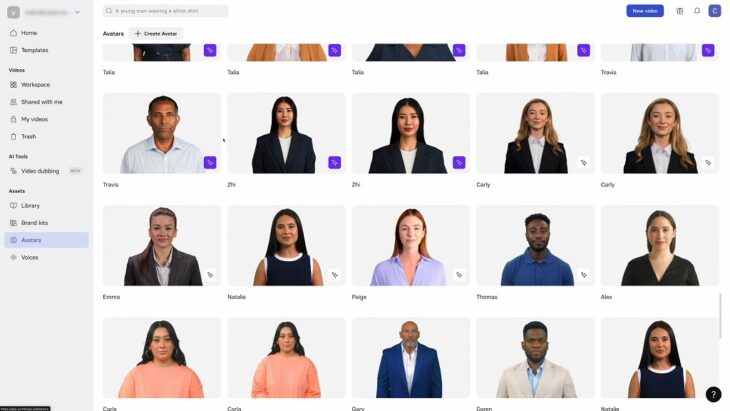
AI video creation tools remove the slow, expensive parts of content production. They generate video scripts, create visuals, add voice, and edit – all without large teams or technical setups.
For brands aiming to stay visible across multiple platforms, this type of automation keeps content flowing at the speed of the algorithm.
AI tools like Synthesia, Pictory, and Lumen5 build branded videos from simple inputs. You enter text or upload an article.
The system matches it with relevant footage, generates narration, adds branding elements, and outputs polished clips in minutes. No camera. No editing suite. Just repeatable results.
Save Time Without Losing Control
Traditional video campaigns often involve several people across departments. That leads to delays, gaps in messaging, and inconsistent design. AI tools bring all of that into one platform.
They use templates, brand kits, and adaptive logic to maintain a uniform look and tone across all videos. Teams set the rules once, and every video follows them.
Reach Wider Audiences With Smart Formats
Not all viewers want the same thing. Some scroll fast. Others watch with sound off. AI tools adjust your content based on those patterns. They create different versions for Instagram, TikTok, YouTube Shorts, and LinkedIn without having to start over each time.
To go further, you can use platforms like Klap, which take full-length videos and extract the most engaging parts. They detect punchy quotes, trending visuals, or emotional hooks.
That makes it possible to turn long videos to viral clips now, with no manual editing at all. The tool reads audience behavior and reshapes your content to fit.
Keep Up With Demand and Stay Consistent
Algorithms reward volume, timing, and engagement. AI-powered creation makes it possible to meet all three. Instead of one polished video every few weeks, brands can publish daily clips in different lengths, tones, and formats.
The more you publish, the more visible you become.
Implement AI-Driven Logo Detection

Brand visibility does not stop with content creation. Once your video is live, the real challenge begins – tracking how often and where your brand appears.
AI-driven logo detection solves that problem by scanning video frames and identifying brand placement with precision.
Platforms like BrandEye and latentview.com use advanced image recognition models trained to recognize logos in dynamic environments.
These systems review frames at scale, catching every appearance across clips, ads, and user-generated videos. That gives marketers a clear map of brand exposure.
Measure Unpaid Brand Reach
Every logo that appears in user content, event footage, or social reactions builds recognition. AI tools scan those sources, flag your brand, and report impressions. That turns passive presence into measurable value. You can learn where your logo pops up most and where it gets ignored.
Improve Placement Strategy
Once detection data comes in, you can adjust how and where your brand shows up. If your logo fades in certain lighting or blends into busy backgrounds, the AI tools will catch that. You can rework positioning or add motion treatments to improve recognition.
Logo visibility is not random. It is a measurable signal of presence and consistency. AI tools bring control to what used to be a guessing game.
Optimize Content for AI Search Engines
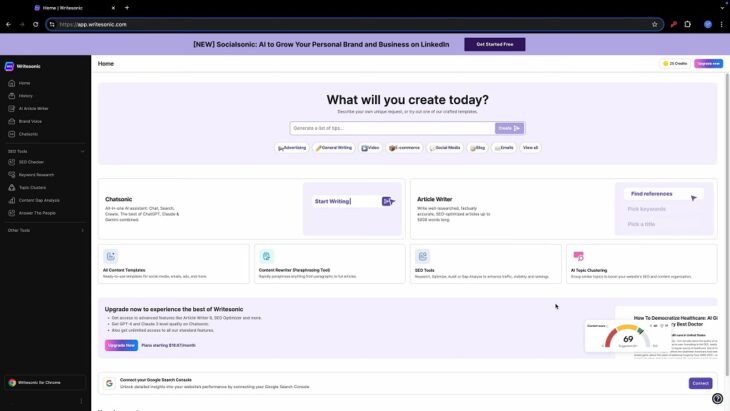
AI now controls how video content surfaces on search platforms, voice assistants, and recommendation systems. Brands that want to be seen must build content that machines can index, interpret, and surface to users at the right time.
Every video should include structured data – clear titles, concise descriptions, keyword tags, transcripts, and brand context. Tools like Writesonic and designrush.com help optimize that metadata so AI systems understand what the video contains.
Improve Discoverability Without Paid Boosting
Most platforms rely on their own algorithms to decide which content gets shown. AI search engines like Perplexity or ChatGPT can also pull in video results, but only when that content is properly labeled.
Optimization ensures your video shows up not only on YouTube, but also in AI answers and content summaries.
Control How Your Brand Appears
Metadata is not decoration. It defines how your brand gets summarized by AI. A strong title, clear description, and meaningful tags all help shape how your content appears on feeds, snippets, and summaries.
Visibility in AI-driven search depends on structure. That structure needs to be built into every file before upload. AI optimization is not a one-time trick – it is part of the pipeline.
Leverage Generative Engine Optimization (GEO)
Traditional SEO targets human users. Generative Engine Optimization targets AI models. The goal is simple: create content that large systems find useful, credible, and source-worthy.
When successful, your brand gets mentioned or quoted in AI-generated content across platforms.
To reach that level, brands need authority. That means publishing high-quality content with clear structure and consistent value. It also means getting linked by sources that AI models trust.
Build Reputation in High-Value Sources
AI tools often rely on known websites for information. Brands that appear in top media outlets, research platforms, or thought leadership hubs have a better chance of being included in AI responses. Digital PR becomes part of the visibility strategy.
Monitor AI Visibility Metrics
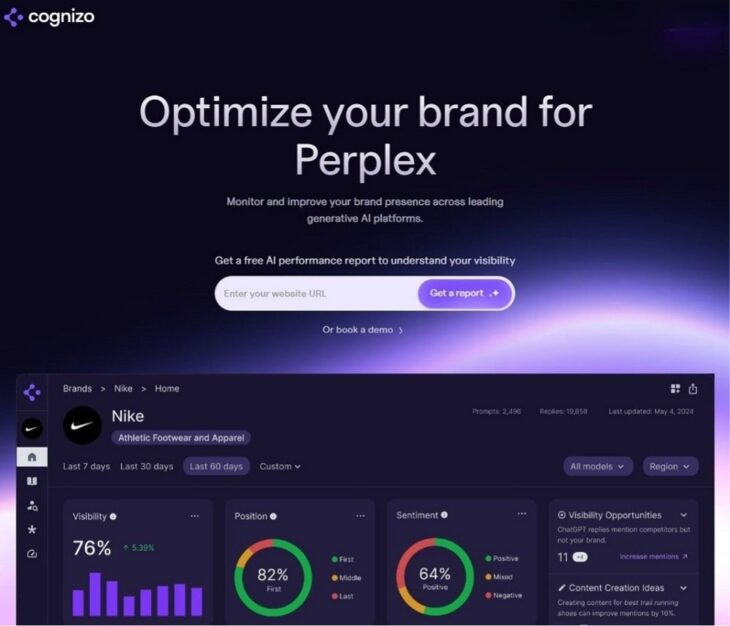
Content without tracking is noise. AI-driven video gains real power only when paired with visibility metrics that show reach, engagement, and recognition.
Tools like BrandBeacon and Cognizo scan AI responses, content platforms, and video analytics to map where and how a brand appears.
Every appearance can be tracked – logo impressions, keyword mentions, referral chains, and playback stats. AI makes that data visible, sortable, and actionable.
See Where Your Brand Stands
Metrics help answer the key questions: Did people see the video? Did they remember the logo? Did the content get reused or referenced in AI-generated summaries?
These tools track mentions in AI chat outputs, social auto-summaries, and content recommendations.
Use the Data to Adapt
Once visibility data comes in, it reveals what content performs and what content fades. That allows teams to adjust titles, visuals, delivery pace, or platform timing. AI tools often suggest those edits in real time based on past video data.
Brands that monitor visibility do not just create – they control the outcome. The feedback loop shortens, and the message stays sharp.
Engage with Interactive Video Content
Viewers no longer passively consume. They click, tap, share, and respond. AI makes interactive video easier to produce and smarter to track.
Adding simple elements like embedded polls, calls-to-action, or direct links turns a passive clip into a two-way experience.
Interactive videos increase session time, boost conversion, and generate usable feedback.
Make Viewers Part of the Flow
With tools like Wirewax or Spott, brands can add clickable overlays, choose-your-path sequences, and real-time product tags. Those features lead to higher retention and better data.
Viewers who interact with content stay longer and act more often. AI tracks those interactions and helps decide what to keep, remove, or test next.
Collect Signals That Shape Future Content
Each interaction gives AI new signals. Those signals feed into future edits, platform decisions, and even script structure. Instead of guessing what worked, you know exactly what people touched, skipped, or finished.
Interactive content does not just talk to the viewer. It listens back. AI makes that loop fast, detailed, and scalable.
Collaborate with Influencers and Micro-Influencers
AI helps match brands with influencers who fit their tone, goals, and audience. Instead of hiring based on follower count, brands now use AI to analyze engagement history, audience quality, content themes, and network overlap.
Micro-influencers offer the most trusted reach. They attract loyal viewers and drive focused exposure.
Use AI to Choose the Right Partner
Tools like CreatorIQ and Influencity scan millions of profiles and match them with brand categories, performance goals, and audience interest. They find creators who consistently get reactions, not just empty views.
That makes outreach more precise. Every collaboration starts with alignment.
Boost Reach With Built-in Trust
Influencer videos often perform better than branded posts because they feel natural. When backed by AI editing, captioning, and scheduling, those clips reach broader audiences with less effort.
Smart partnerships build trust fast. AI ensures they deliver more than a temporary spike.
Conclusion
Brand visibility grows when content meets clarity, speed, and structure. AI makes that possible. It builds videos fast, tests them at scale, tracks results, and adapts the process as you go.
Tools already exist to turn one idea into dozens of tailored clips, ready for different screens and audiences.
